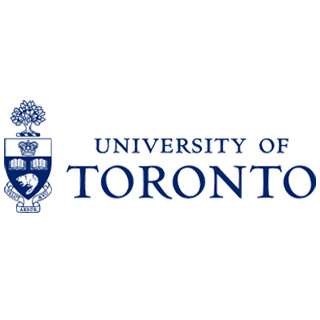
At a time when radioisotopes are believed to be in short supply, this test may decrease demand and guarantee that people who most need radiation treatments receive them. Radiation treatment, particularly, radioiodine remnant ablation, or RRA post thyroid cancer surgery appears to be a standard practice and may be applied to avert any remaining cancer cells from transmitting.
But experts from U of T and Mount Sinai, headed by Walfish, have apparently found that a test known as post-surgical stimulated serum thyroglobin (or Stim-Tg) may precisely envisage the requirement for RRA and frequently exhibits that such treatment may be pointless.
Professor Emeritus Paul Walfish of medicine and an endocrinologist at Mount Sinai Hospital, commented, “This protocol shows great promise as an objective, individualized indicator for selecting the right candidates for radiation treatment. We can save a lot of trouble for patients, and a great deal of money for the health care system.”
The study included around 104 patients who had gone through the surgery for thyroid cancer and were deemed to be low-risk since their cancer was thought to be principally restricted to the thyroid gland, with no cancerous lymph nodes in the centre of the neck.
The study authors gave the Stim-Tg test for three months subsequent to the operation. Most of the patients apparently had untraceable or minimally positive Stim-Tg and were told that the surgery had probably eliminated all of the cancer.
Present American and European guidelines supposedly advocate RRA for more than 90 per cent of patients, which is said to be based upon preoperative clinical features and operative pathology discoveries that may not essentially mirror the definite postoperative status of the patient. Nevertheless, based upon the postoperative Stim-Tg, around 16 of the 104 patients is said to have ended up receiving the radiation therapy.
Walfish remarked, “Nearly 85 per cent of the patients avoided the RRA therapy and its potential side-effects. On top of that, by reducing the number of people who received the treatment, we have achieved a considerable reduction in healthcare costs and patient inconvenience.”
Follow-up studies for more than three years later apparently discovered that all of the patients who had evaded radiation treatment carried on having low risk for cancer relapse, based on repeat Stim-Tg tests and a neck ultrasound.
The study was published in the Journal Head & Neck.
